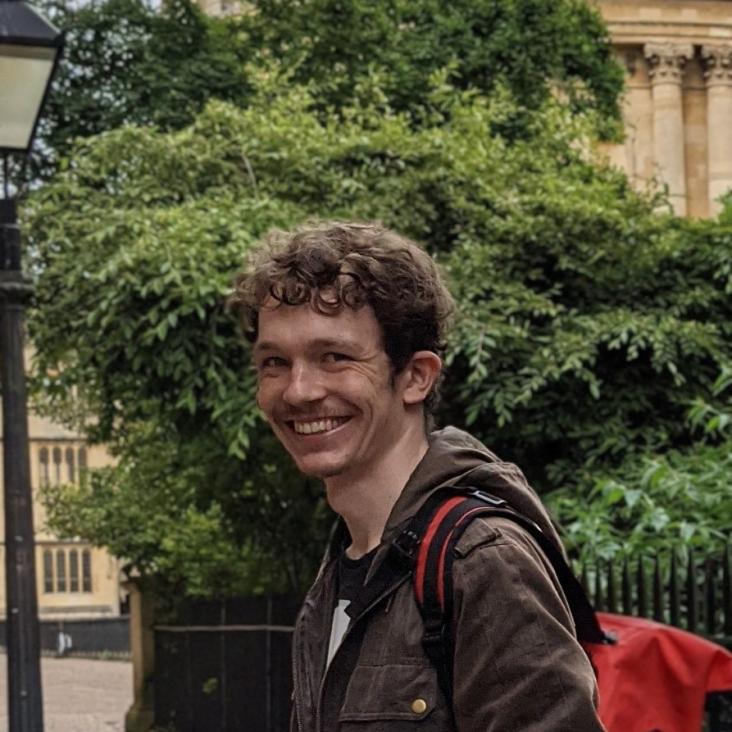Optimisation of scalable ion-cavity interfaces for quantum photonic networks
Physical Review Applied American Physical Society 19 (2023) 014033
Abstract:
In the design optimization of ion-cavity interfaces for quantum networking applications, difficulties occur due to the many competing figures of merit and highly interdependent design constraints, many of which present “soft limits,” which are amenable to improvement at the cost of engineering time. In this work, we present a systematic approach to this problem that offers a means to identify efficient and robust operating regimes and to elucidate the trade-offs involved in the design process, allowing engineering efforts to be focused on the most sensitive and critical parameters. We show that in many relevant cases it is possible to approximately separate the geometric aspects of the cooperativity from those associated with the atomic system and the mirror surfaces themselves, greatly simplifying the optimization procedure. Although our approach to optimization can be applied to most operating regimes, here we consider cavities suitable for typical ion-trapping experiments and with substantial transverse misalignment of the mirrors. We find that cavities with mirror misalignments of many micrometers can still offer very high photon extraction efficiencies, offering an appealing route to the scalable production of ion-cavity interfaces for large-scale quantum networks.Diatomic-py: A Python module for calculating the rotational and hyperfine structure of 1Σ molecules
Computer Physics Communications Elsevier 282 (2022) 108512
Abstract:
We present a computer program to calculate the quantised rotational and hyperfine energy levels of diatomic molecules in the presence of dc electric, dc magnetic, and off-resonant optical fields. Our program is applicable to the bialkali molecules used in ongoing state-of-the-art experiments with ultracold molecular gases. We include functions for the calculation of space-fixed electric dipole moments, magnetic moments and transition dipole moments.Program summary
Program Title: Diatomic-Py
CPC Library link to program files: https://doi.org/10.17632/3yfxnh5bn5.1
Developer's repository link: https://doi.org/10.5281/zenodo.6632148
Licensing provisions: BSD 3-clause
Programming language: Python ≥ 3.7
Nature of problem: Calculation of the rotational and hyperfine structure of molecules in the presence of dc magnetic, dc electric, and off-resonant laser fields.
Solution method: A matrix representation of the Hamiltonian is constructed in the uncoupled basis set. Eigenstates and eigenenergies are calculated by numerical diagonalization of the Hamiltonian.
Additional comments including restrictions and unusual features: Restricted to calculating the Stark and Zeeman shifts with co-axial electric and magnetic fields.
Diatomic-py: A python module for calculating the rotational and hyperfine structure of $^1Σ$ molecules
ArXiv 2205.05686 (2022)
[Data and analysis] Optimisation of scalable ion-cavity interfaces for quantum photonic networks
University of Oxford (2022)
Abstract:
Numerical data generated from python module available at DOI:10.5281/zenodo.7020047. Data are presented and analysed in arxiv 2112.05795Molecule-molecule and atom-molecule collisions with ultracold RbCs molecules
New Journal of Physics IOP Publishing 23 (2021) 125004


